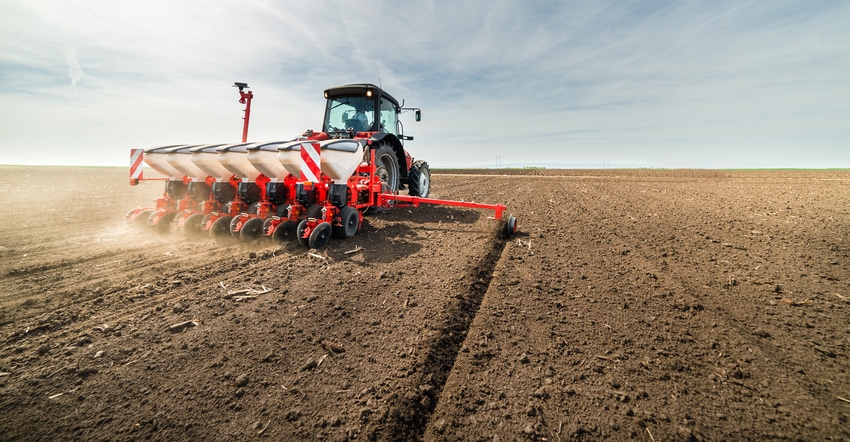March 26, 2021

Variable-rate seeding and how it can fit into a grower’s operation has been a topic of discussion over the past 10 years. So fast-forwarding to 2021, the technology in the equipment industry has changed drastically, from a combine auto-adjusting to clean up the grain being harvested to planters adjusting on the fly to tractors driving themselves in the field.
Not only has technology changed in the equipment, seed genetics continue to evolve to fit every acre to maximize yield potential. With all that being said, where does that put variable-rate seeding today? In the past, we thought about variable-rate seeding as just adjusting populations or having the capabilities of just adjusting half the planter, but technology has changed the way we look at variable-rate seeding today.
Where do I begin? As growers look at their operation and the potential to maximize the return on every acre, we need to think about an 80-acre field as every acre being its own field with precision technology stacking soil test, yield data, elevation, soil types etc.
You can come up with zones or grids for that acre. By stacking multiple layers of data along with multiple years of yield data, you are able to maximize the potential of your farm. Good data collection is critical in making these recommendations.
What does variable-rate seeding look like today? Today, there are many different options when looking at making variable-rate seeding recommendations. In the past, we looked at just population and making adjustments on the yield potential of a soil type. Now with equipment technology, we not only can make adjustments to population per row, but we can also make on-the-fly hybrid adjustments, along with population adjustments.
For example, you may have a farm that has some roll to it, with multiple soil types. And it has a good data set of historical yield data and precision fertility zones and grids identified to show highest potential areas versus lower-yielding area. By having a planter with multi-hybrid technology, a grower can load the planter with two different varieties that can fit a majority of the acres to maximize yield potential.
This could include a race-horse variety that fits in the more productive areas with better fertility or higher organic matter acre, versus the acre that is more droughty, where a grower could place a drought-tolerant hybrid to help maximize the tougher acre. There are many different scenarios that can be played out to fit every grower acre.
Is variable-rate seeding just for corn? Variable-rate seeding is not just for corn; it can be used in soybeans also. When we look at maximizing every acre, make sure to maximize every seed. When selecting a soybean variety, we need to know if it is a straight-line bean or is it bushy — the genetics of the plant can affect the population you are planting.
Corn is very similar to soybeans; you need to know if you are purchasing fixed, semi-flex or flex hybrids. It is critical to make sure the variety or hybrid selection is correct for the acre and for the population you intend to plant.
The yield potential of a field can but hurt before the planter even makes it to the field by not having the correct seed for your operation. Remember, choosing the right seed is not just for variable rate; it’s for all operations.
Haake is an ag products manager for Legacy Farmers Cooperative, as well as a certified crop adviser.
You May Also Like




